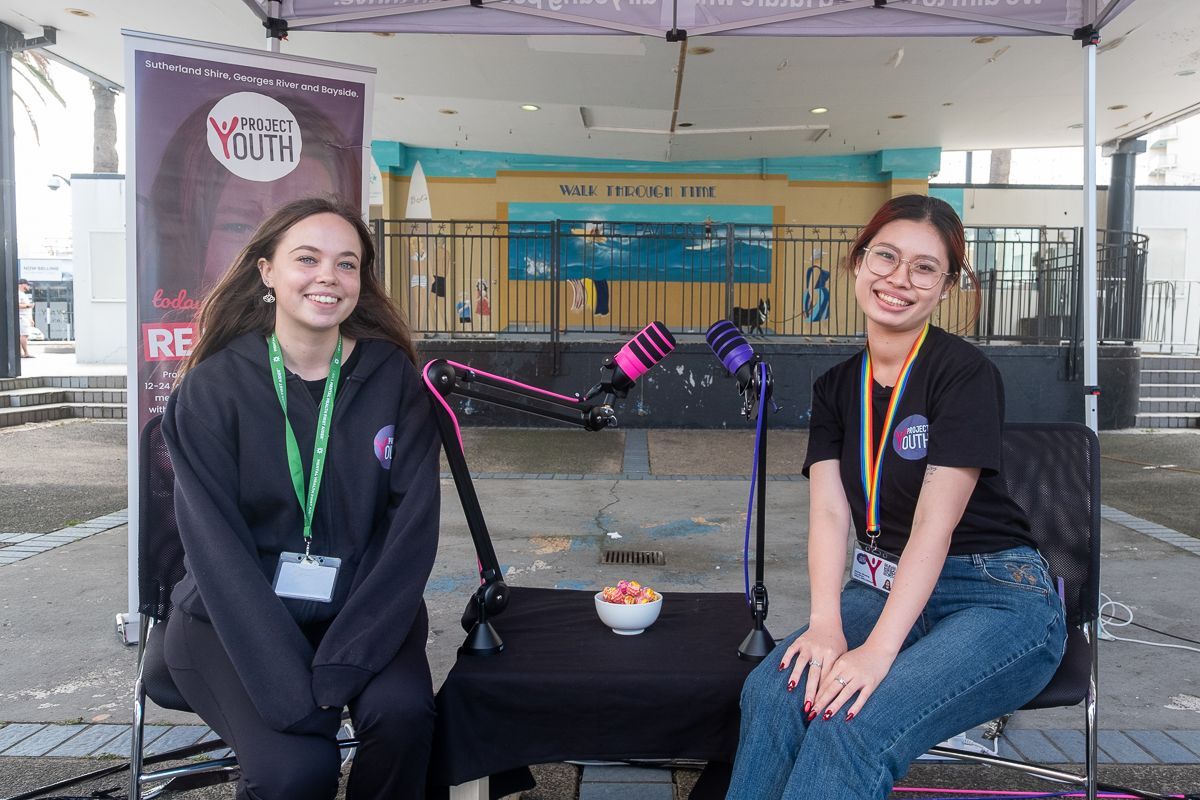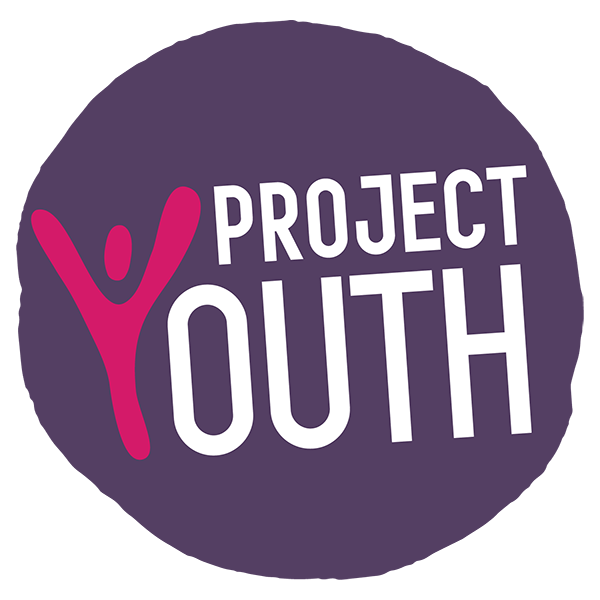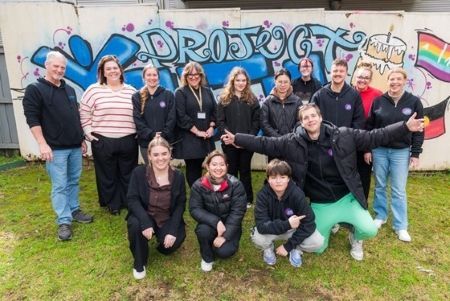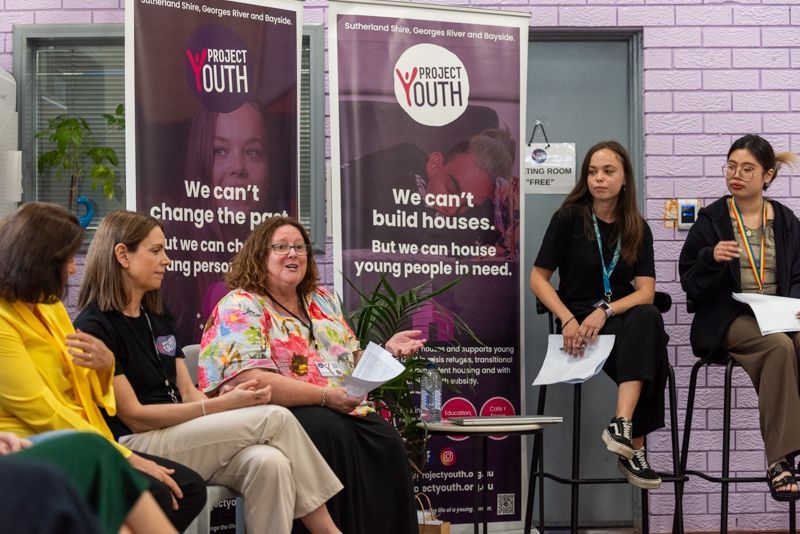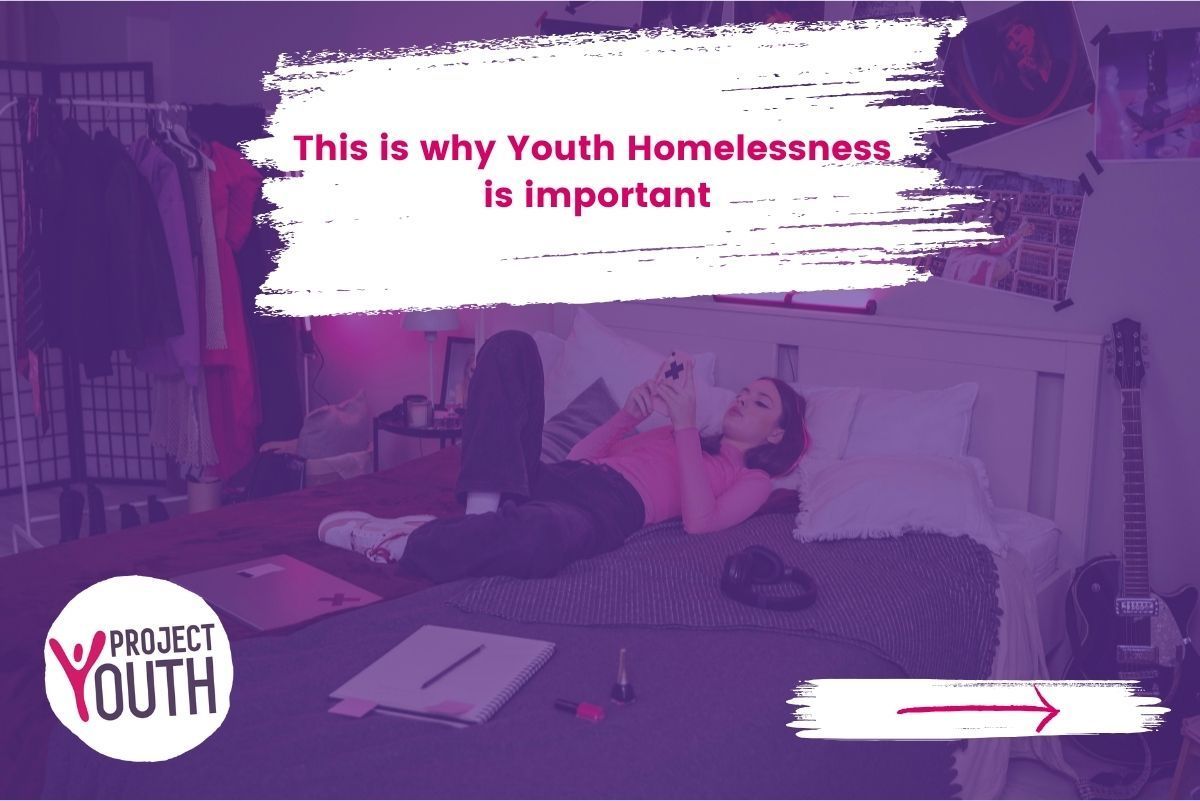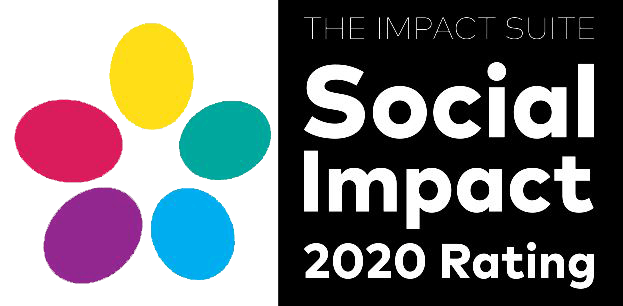By Jodie Darge
•
February 9, 2025
Is Ending Youth Homelessness a reality in 2025? At Project Youth, we believe that every young person deserves the chance to thrive, despite the disadvantages and trauma they have faced in their early lives. Over the years, we’ve made significant strides in providing solutions and support to young people facing homelessness. However, as we enter 2025, it’s clear that ending youth homelessness is s2ll far from a reality. In fact, the challenges we face today are more urgent than ever. It weighs heavily on my mind that, despite all our efforts, youth homelessness continues to be such a pervasive issue. A recent message from the CEO of NCOSS highlighted that: Our sector’s journey has been one of transformation, beginning with grassroots efforts rooted in volunteerism and mutual support, growing into a professional community of mission-driven organisations, dedicated to addressing some of the most complex and pressing social issues—youth homelessness being one of the most urgent. We know that our sector needs to be adaptive however, we battle with the ethics of competitive tendering, which pits us against one another rather than encouraging collaboration. We face fears around privatisation, which will reduce the quality of care while forcing charities to compete with lower pricing models. We struggle with unit costing proposals that leave us unable to run safe, effective services, especially when beds are empty (for valid reasons), but we still must pay the bills and wages. We deal with short-term funding contracts that fail to provide security for our staff, and we face constant uncertainty due to the shifting political landscape and the ongoing restructuring of contracts. This, combined with the growing crises of housing affordability and increasing living costs, means the pressure on services like Project Youth is at an all-time high. The number of young people seeking support continues to rise, and their needs are increasingly complex and overlapping. This makes it even more essential to provide specialised, wrap-around services that can support long-term care and sustained stability. The Reality of Systemic Underfunding: The stark reality we face is one of underfunding. As demand for services has reached unprecedented levels, our sector is under immense financial strain. In fact, many organisations—including Project Youth—are being forced to make impossible decisions. We are facing decisions where we ask: https://www.projectyouth.org.au/donate admin@projectyouth.org.au • Do we scale back services to fit within our limited funding? • Do we cut staff and resources that are essential to maintaining the quality of support? • Do we expand fundraising efforts, relying on the generosity of our community? A recent survey from NCOSS painted a troubling picture of the current situation: • Two-thirds of service providers report their operating costs exceed available funding. • 90% say their costs are rising faster than the funding they receive from the government. • 70% are cutting staff hours, reducing training, or scaling back staff numbers altogether. • 60% have been forced to reduce their services, even though demand is higher than ever. It’s heartbreaking! Youth homelessness isn’t a simple problem that can be fixed with short-term, underfunded solutions. We need long-term, holistic approaches that address mental health, housing, family breakdowns, youth justice issues, drug and alcohol dependency, and employment needs. Unfortunately, these financial realities force us to focus on securing funding stay open, rather than focusing on providing the best possible care for the young people who rely on us. "Pay What It Takes" Campaign: A Call for Fair and Sustainable Funding This is where the "Pay What It Takes" campaign comes in. The campaign calls for fair and sustainable funding that reflects the true cost of delivering essential services. It’s a simple, yet profound truth: organisations like ours need adequate funding to do our work effectively. It’s not enough to fund the “bare minimum.” To deliver the best services, we need to be properly resourced. This means covering not just operational costs, but also investing in our workforce—the staff who are the heart and soul of the support we provide. It means acknowledging the true cost of delivering services that make a real difference in people’s lives. At Project Youth, we strive to operate as efficiently as possible. We’ve embraced innovation, technology, and international best practices to streamline our opera2ons and ensure we’re using our funding effectively. But we can’t do it alone. We need sustainable, reliable funding from both government and philanthropic sources to maintain and expand these services. The "Pay What It Takes" campaign is a call to ensure that the government and philanthropic bodies provide the true cost of delivering services—no more, no less. This isn’t about asking for more money—it’s about ensuring that we can do our work without constantly battling financial constraints. It’s about creating a system where services can thrive, not just survive. In return we will commit to ongoing learning and development to con2nue to provide effective outcomes (not just output) through evaluated and evidenced based services that ensure young people can break cycles of homelessness. What we actually want is to eventually not exist – as this means youth homelessness has been ended. https://www.projectyouth.org.au/donate admin@projectyouth.org.au Youth Homelessness: A Complex, Intersectional Challenge The challenges surrounding youth homelessness are complex. It’s not just about providing a bed for the night—it’s about addressing the underlying issues that drive young people into homelessness. Many of the young people we serve face trauma, mental health issues, family breakdowns, and barriers to education and employment opportunities. Our vision to end youth homelessness isn’t just about providing housing—it’s about giving young people the support and opportunities they need to thrive. This includes: • Supported youth housing • Specialist wrap-around support • Mental health care • Capacity and resilience building • Life skills training • Educational support • Pathways into sustainable employment But without secure funding, it’s difficult for us to deliver these critical services effectively. The Road Ahead: It’s Time for Action We know the financial challenges are significant, but the cost of inaction is far greater. Youth homelessness is an issue we can—and must—solve. To do so, we need the support of governments, communities, and stakeholders who understand that solving complex social problems requires a sustained investment in both services and people. Here’s what we need: • Place-based services that know their communities and can deliver services in partnership. • Prevention programs that intervene early, including family support, mental health, education, youth justice and drug and alcohol dependency – including comorbidity • Youth-specific housing options, with exit pathways into affordable or rent-subsidised housing. • Affordable, accessible mental health care for young people who fall between existing services. • Training and employment pathways that lead to sustainable careers. • A long-term, bipartisan commitment to funding youth homelessness solutions. • A seat at the table for young people with lived experience, to co-design solutions. • Adaptability and innovation to pilot new ways of thinking and working that does not replace funding for existing essential service delivery The time to act is now! We cannot continue to ask organisations to deliver life-changing support on unsustainable budgets. We need a system that works for everyone—a system that gives young people the tools and support they need to thrive, not just survive. Together, with the right resources, we can create a future where no young person has to experience homelessness. https://www.projectyouth.org.au/donate admin@projectyouth.org.au
